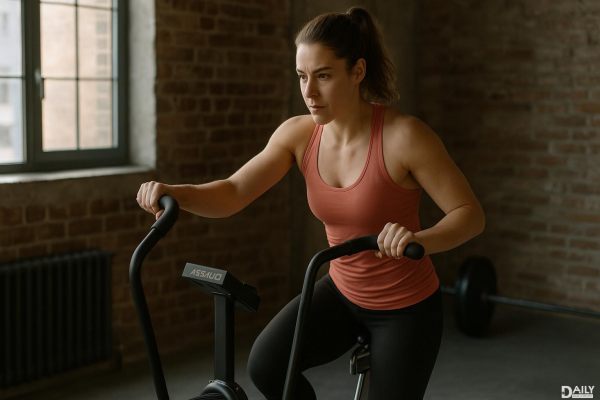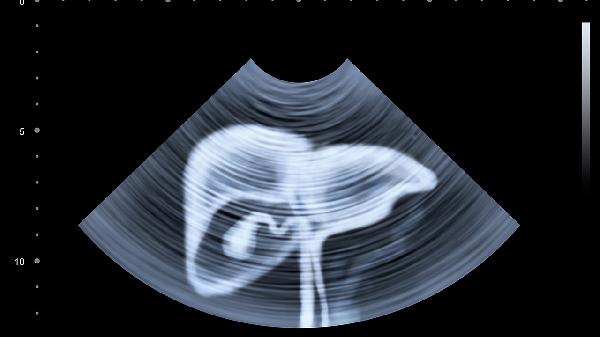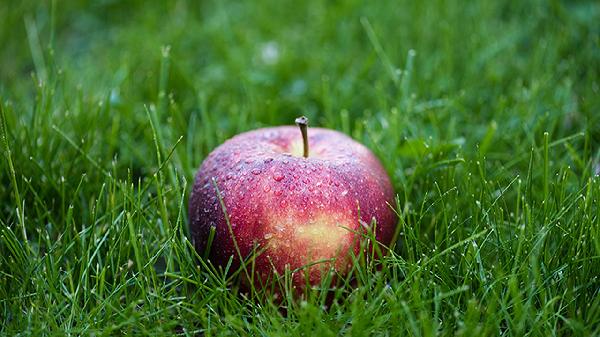The good-morning exercise might sound like a polite greeting, but trust me, it’s anything but casual when it comes to sculpting a strong lower body. This underrated move is a powerhouse for building strength in your posterior chain—think glutes, hamstrings, and even your lower back—without requiring a mountain of weight plates. Whether you're a gym newbie or a seasoned lifter, mastering the good morning can refine your hip hinge mechanics, boost your deadlift game, and even make everyday movements like picking up groceries feel effortless. Let’s break down why this exercise deserves a spot in your routine and how to do it right.
Why the Good Morning Is a Game-Changer
If you’ve ever struggled with deadlifts or squats, the good morning might just be your secret weapon. Unlike its more popular cousin, the deadlift, this exercise forces you to rely on technique rather than brute strength. By placing the barbell (or just your bodyweight) across your shoulders instead of in your hands, the good morning creates a longer lever arm, increasing tension on your muscles without the need for heavy loads. Translation? You’ll feel the burn without wrecking your spine. Plus, it’s a killer way to identify—and fix—flaws in your hip hinge. If your lower back starts screaming during a set, chances are you’re bending at the waist instead of driving your hips back. That instant feedback makes the good morning a must for anyone serious about lifting safely and effectively.
Muscles Worked: More Than Just Glutes
While the good morning primarily targets your hamstrings and glutes, it’s far from a one-trick pony. Your erector spinae—those muscles running alongside your spine—get a serious workout as they work to keep your back flat and stable. And let’s not forget your core: if you’re doing it right, your abs and obliques will be firing to prevent your torso from collapsing forward. This full-body engagement makes the good morning a functional movement, meaning the strength you build translates directly to real-world activities like lifting heavy boxes or chasing after a runaway dog. Even better? A strong posterior chain can help correct posture issues caused by too much sitting, making you stand taller and move more confidently.
Step-by-Step: Nailing the Bodyweight Good Morning
Before grabbing a barbell, start with the bodyweight version to nail the movement pattern. Stand with feet hip-width apart, hands behind your head or crossed over your chest. Soften your knees slightly, then push your hips back as if you’re trying to close a car door with your butt. Keep your chest lifted and spine neutral as you lower your torso until it’s nearly parallel to the floor. Pause when you feel a deep stretch in your hamstrings, then drive through your heels to return to standing. Pro tip: Place your backside a few inches from a wall—if your hips don’t tap it when you hinge, you’re likely rounding your back. Repeat for 3 sets of 10-12 reps, focusing on control rather than speed.
Leveling Up: Barbell and Dumbbell Variations
Once bodyweight good mornings feel easy, it’s time to add load. For the barbell version, set up as you would for a back squat, with the bar resting across your rear delts. Hinge at the hips, keeping the bar path vertical as you lower your torso. Avoid letting the bar roll toward your neck—that’s a sign you’re losing upper back tightness. Dumbbell good mornings offer a great middle ground: hold a single dumbbell vertically against your chest (like a goblet squat) to keep the weight close to your center of mass. This variation is especially helpful for beginners still mastering balance. No matter which version you choose, start light—even an empty barbell or a 10-pound dumbbell can deliver a serious challenge when form is prioritized.
Common Mistakes (And How to Fix Them)
The biggest error? Turning the good morning into a “bad morning” by rounding your back. If your spine resembles a question mark, dial back the range of motion or reduce the weight. Another red flag is feeling the exercise mostly in your lower back—this means your hamstrings and glutes aren’t doing their job. To fix it, focus on pushing your hips back farther before bending forward. Finally, avoid locking your knees; keeping a slight bend ensures your hamstrings stay engaged and protects your joints. Recording yourself or working with a trainer can help spot these hiccups before they lead to injury.
Creative Variations for Every Goal
Bored with the standard good morning? Spice it up. Try a seated version to emphasize your lower back while taking your hamstrings out of the equation—perfect for active recovery days. For unilateral strength, stagger your stance or lift one foot slightly off the ground. No barbell? No problem. A sandbag or even a resistance band looped around your shoulders can add tension. And if you’re using good mornings as a warm-up for squats or deadlifts, try tempo reps: take 3-4 seconds to lower, pause at the bottom, then explode up. This primes your nervous system for heavy lifting while reinforcing proper mechanics.
At the end of the day, the good morning is about quality over quantity. It’s not the flashiest exercise, but its ability to build strength, improve posture, and bulletproof your hips makes it a silent hero in any lower-body program. Start light, move deliberately, and within a few weeks, you’ll notice the carryover to bigger lifts—and maybe even fewer aches when bending down to tie your shoes. Now that’s something worth saying “good morning” to.
























